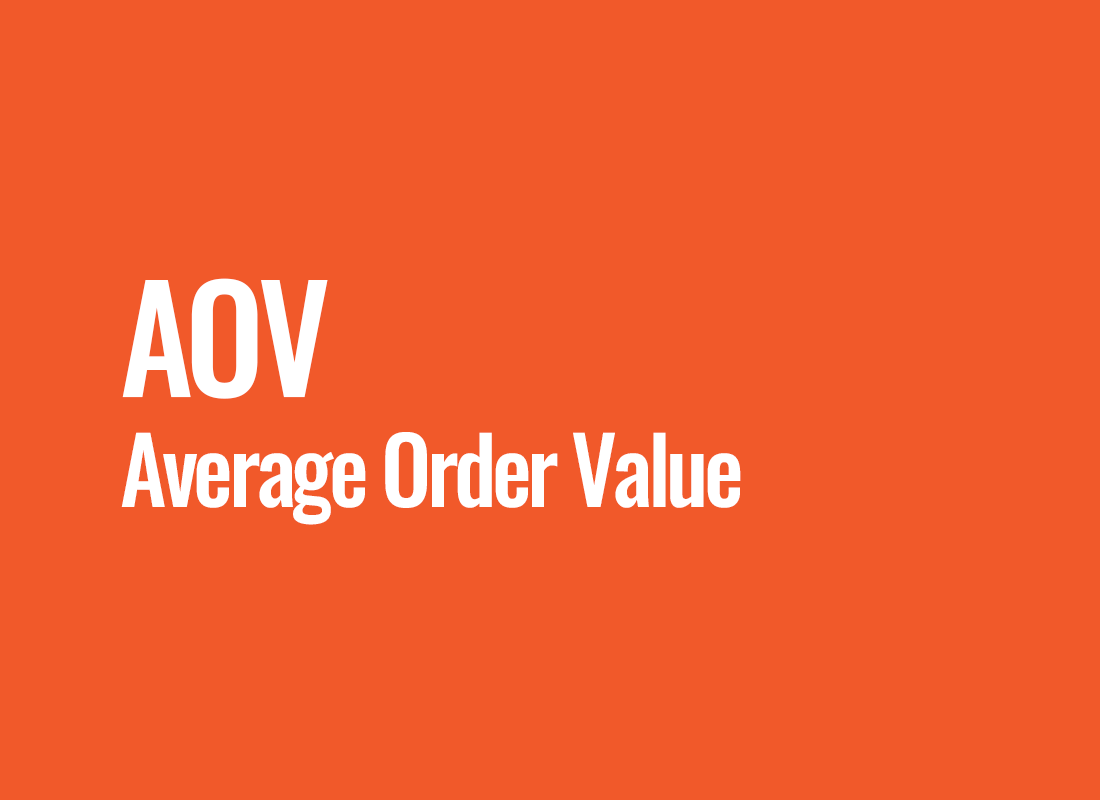AOV (Average Order Value)
The world of e-commerce is brimming with indicators and metrics that assist online store owners in tracking their progress. One of the most pivotal metrics, enabling an evaluation of store efficiency and customer value, is AOV, or Average Order Value. This refers to the average amount customers spend during each purchase at a particular online store. AOV is essential for every seller, as it provides insight into how much customers are willing to spend in a single transaction. This is a metric that can be optimized to amplify store revenue and profitability.
Understanding the Key to Higher Profits
AOV is determined by dividing the total revenue from a specific period by the number of orders during that same period. Here’s a simple equation:
AOV = total revenue / number of orders
By being aware of the AOV value, entrepreneurs can make informed decisions about pricing strategies, promotions, premium products, or loyalty programs. This metric is invaluable, as it allows businesses to focus not just on attracting new customers but primarily on elevating the purchase value of existing clients.
Additionally, with knowledge of AOV, marketing budgets can be better managed. If the average order value is high, businesses might choose to increase their advertising spend to attract more customers. Conversely, if the AOV is relatively low, it could indicate a need for product offer adjustments or the introduction of strategies that enhance the shopping cart's value.
A high AOV indicates that customers are satisfied with the offerings and are keen on making purchases. This could be a result of providing higher quality products, a unique product range, or effective upselling and cross-selling strategies. On the other hand, a low AOV might signal a need for product range optimization or the introduction of new marketing strategies.
Therefore, analyzing AOV is not just a method to assess store efficiency but primarily a tool for its optimization and aligning the product range to customer needs.
Harnessing AOV in Practice
1. Promotional Strategies to Elevate Cart Value
If a company knows its average order value, it can design promotions that encourage customers to spend more. An example is offering free shipping for orders exceeding a certain amount slightly higher than the current AOV. A customer eager for free shipping might be inclined to add an extra product to their cart, thereby raising the order's value.
2. Upselling and Cross-selling
AOV can be enhanced by offering customers complementary products or higher-quality variants of the product they intend to purchase. For instance, a computer store might suggest a customer buy additional RAM when purchasing a laptop or recommend a computer mouse as an add-on.
3. Loyalty Programs
A customer aware they accumulate points for every penny spent might be more likely to boost their order's value. An example could be a loyalty program that gives extra points for surpassing a certain purchase amount.
Unlocking Customer Insights
AOV is one among many metrics that aid in understanding customer behavior. However, it stands out for focusing on one of the most direct revenue-generating methods - purchase value. A higher AOV often suggests that customers see value in the products or services offered and are willing to spend more.
Instead of solely concentrating on acquiring new customers, businesses should also channel their marketing efforts towards increasing the order value of existing customers. These endeavors can encompass varied strategies like special offers, promotions, or loyalty programs.
AOV isn't a fixed value. It can fluctuate based on seasons, promotions, changes in product assortment, or pricing strategies. Therefore, entrepreneurs should regularly monitor this metric and adjust their strategies according to observed trends.




